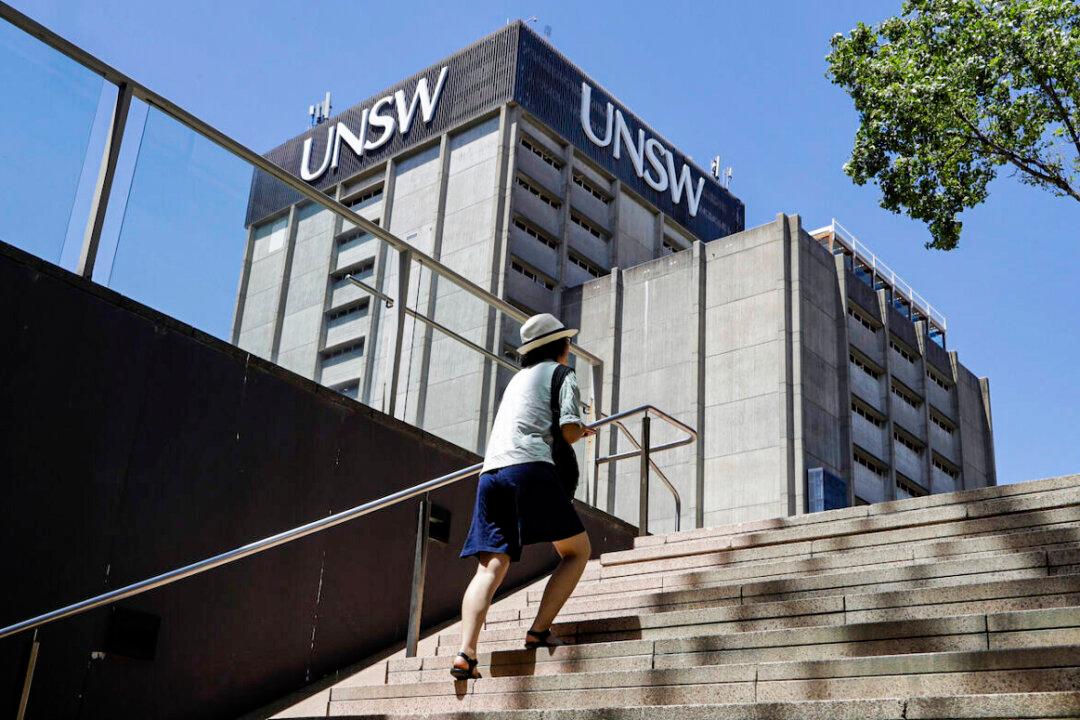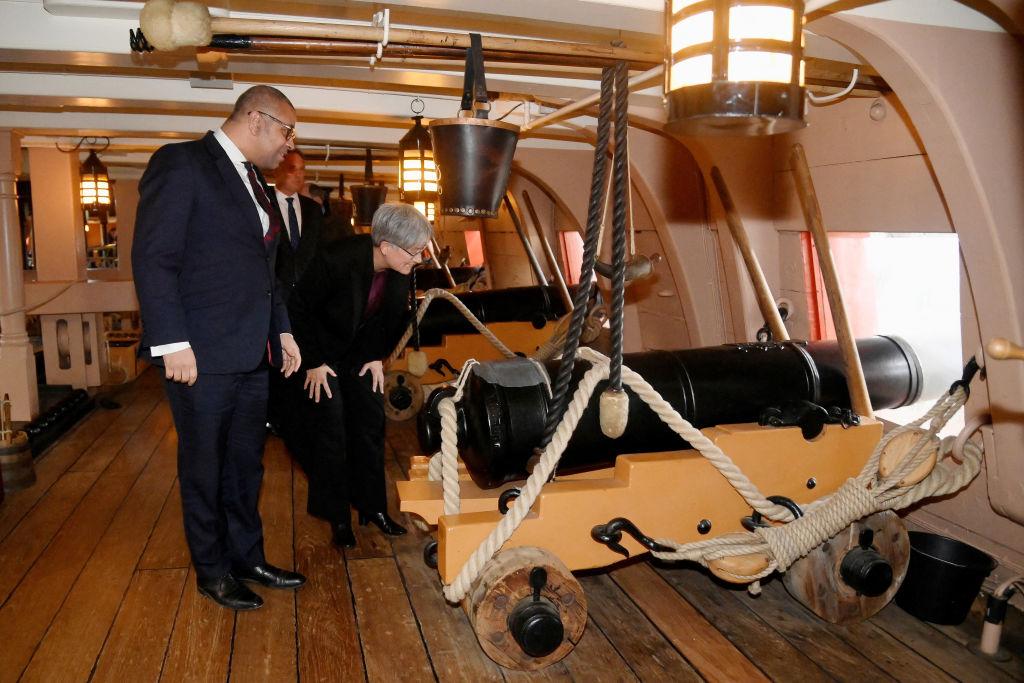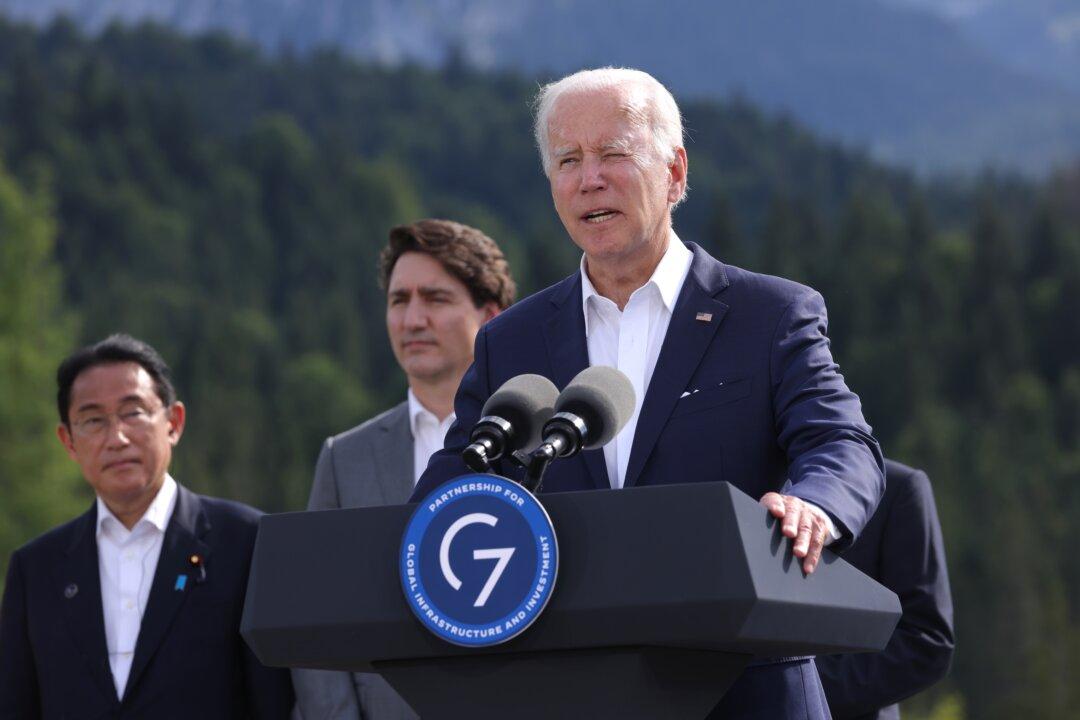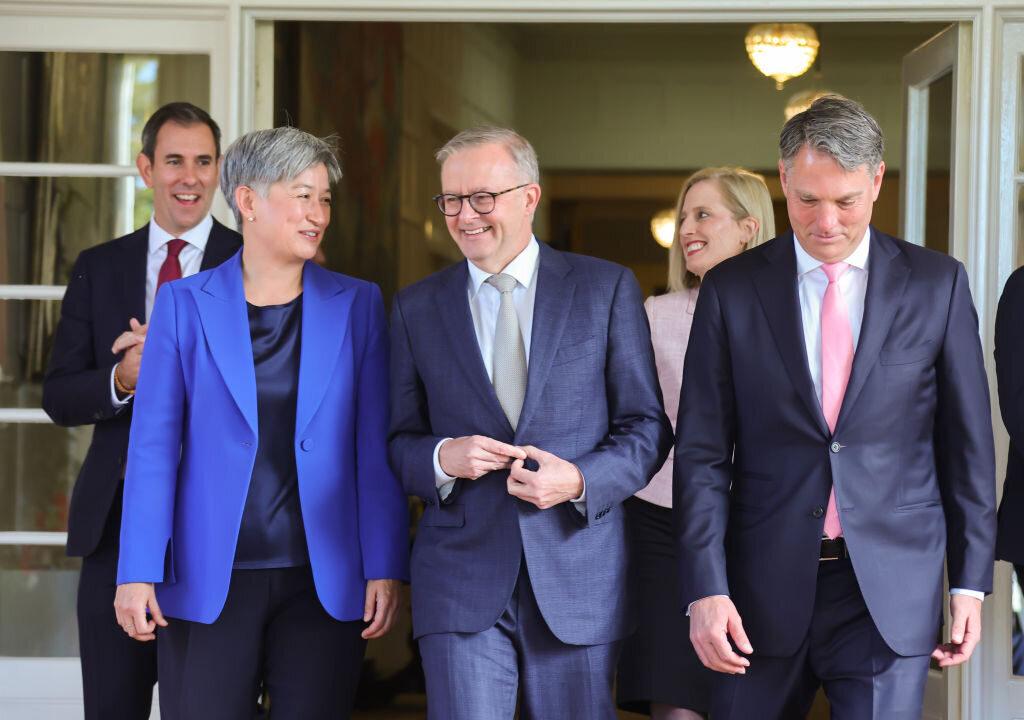Commentary
An Australian Parliamentary committee on security and intelligence has concluded that the Chinese communist regime targeted Australian universities as part of a huge two-pronged exercise to firstly transfer Western knowledge and technology into China and secondly to deploy spies into the West.





